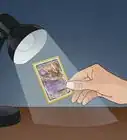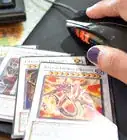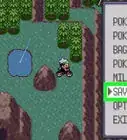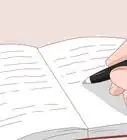This article was co-authored by Madeleine Flamiano. Madeleine Flamiano is a Role-playing Game Enthusiast based in Berkeley, California. She has over 20 years of gaming experience and is an avid gamer in all parts of her life—she's especially fond of tabletop board games and the world of Pokémon. Pokémon Crystal Version is her favorite game in the franchise. Some of her greatest feats were evolving Eevee to a Level 99 Umbreon and collecting every legendary bird Pokémon. Her professional path started at NaNoWriMo, where she scripted a summer-long world-building series and hosted its Virtual Write-Ins. She has written seven books for DDCO Publishing, which specializes in LitRPG and is operated by New York Times Bestseller JA Cipriano. She has ranked in the Top 100 list for Dark Fantasy, Sword & Sorcery, and Fantasy Romance. She was voted by her peers as "The Perfectionist" on Roleplay Adventures, a SERP for forum roleplaying. Madeleine graduated from Mills College with a B.A. in English with a concentration in Literature and a Minor in Philosophy.
wikiHow marks an article as reader-approved once it receives enough positive feedback. This article received 29 testimonials and 84% of readers who voted found it helpful, earning it our reader-approved status.
This article has been viewed 1,177,548 times.
Many people enjoy collecting Pokémon cards. Unfortunately, there are some scam artists who will try to sell fake cards to enthusiastic collectors. However, their fakes are not as close to the real thing as they want you to think. An example of a legitimate card is one that is real. To authenticate legit cards, keep reading.
Steps
Checking the Display
-
1Familiarize yourself with the Pokémon species. Sometimes the pictures on fake cards show things that aren't even Pokémon, like Digimon (or similar imitators) or animals. Be suspicious if what a card displays looks questionable, or if there appears to be a sticker on top of the card.
-
2Look at the attacks and HP. If the HP is anywhere over 300, or the attacks don't exist, then it's a fake for sure. Also, if it says (attack no.) HP instead of HP (attack no.), it is definitely a fake card because real cards display the HP first and not the attack no. first. That's only with old cards; new cards have HP 80 instead of 80 HP.
- However, a few genuine cards have the variable and the attribute name inverted as a result of a printing mistake. Do not discard the card as fake without making further checks, as if the card is a genuine with a mistake, it may be valuable.
Advertisement -
3Look for spelling mistakes, fancy borders around the Pokémon's picture, or a cup-like base holding the energy.
-
4Compare the energy symbol to other cards. Many fakes have energy symbols that are slightly larger, distorted, or offset from each other.
-
5Look at the text. On fake cards, the text is usually slightly smaller than on real cards and is usually in a different font.
-
6Check the weakness, resistance, and the retreat cost. The weakness/resistance's maximum damage addition/subtraction is +/-40, unless the weakness is x2. The retreat cost is no more than 4.
-
7Check the card box. With fake cards, the box won't have trademarks and will say something like "pre-release trading cards". It will be made from cheap cardboard, without the standard bag.
-
8Look at the card's spellings. Fake cards often have wrong spellings. Common mistakes among them including spelling the Pokémon names incorrectly, having no accent i.e. " ` " sign on the 'e' of 'Pokémon' , etc. You may also see the cards spelling the attacks inaccurately, and not having any energy signs under the attack for the attack description.
-
9If it is a first edition, look at the circular first edition stamp to the lower left of the card's picture. Sometimes (particularly for base set cards), people will stamp a card with their own 1st edition stamp. How can you tell the difference? First, a fake stamp is usually more imperfect and there are a few blotches on the stamp. Second, fake stamps come right off if you try to rub/scratch them off, very easily.
Checking the Colors
-
1See if the colors are faded, smudged, too dark, or just plain inaccurate (beware of Shining Pokémon, though! Those rare Pokémon are purposely the wrong color). The chances that it's a factory mistake are very slim; it's much more likely to be fake.
-
2Look at the back of the card. On fake cards, the blue swirling design often looks purplish. Also, sometimes the Poké Ball is upside down (on a real card, the red half is on the top). Sometimes, the Poké Ball image can also look uneven on the card.
Inspecting the Size and Weight
-
1Inspect the card itself. A fake card usually feels thin and flimsy and you may be able to see through it if you hold it up to the light. Some fake cards, on the other hand, are too hard and look shiny. If it's the wrong size, that's also a telltale sign. Different materials will also wear differently, so on more "used" cards look for more damage to corners and unusual wear patterns. Also, fake cards often have no copyright date or the illustrator at the bottom of the card.
-
2Grab another card. Is the card in question the same size? Is it too pointy? Is it centered right? Is there more yellow on one side of the card than the other?
-
3Bend it a little. If it bends with great ease, it's a fake. The real cards are not flimsy.
Testing the Cards
-
1Make a small tear in it if you are certain it is a fake. Then take an old Pokémon card you don't use anymore and make a small rip in that. Compare the rate at which both ripped. If the fake one ripped faster, then it's without a doubt a fake.
-
2A quick way to test if your Pokémon card is real or fake is to take a close look at the edge of it. Real Pokémon cards have a very thin sheet of black between the cardboard. It's very thin, but up close it is easy to see the darkness between the two thin halves of the card. Fake cards do not have this.
Community Q&A
-
QuestionIs there someone who can authenticate Pokemon cards online? Can I send them pictures and details of my cards and have them authenticated by someone credible?
 Community AnswerYes. Pokemon company will happily authenticate a card. If it is fake, they will send you a copy of the real one with a booster code for Pokemon tcg.
Community AnswerYes. Pokemon company will happily authenticate a card. If it is fake, they will send you a copy of the real one with a booster code for Pokemon tcg. -
QuestionI made my own cards on a Pokemon card maker site. Is it okay if we play with just those cards, following normal Pokemon rules?
 Shadow_wolf_52Community AnswerIf you are battling competitively or trying to sell them, that is a big no-no. But if you make it clear with your opponent that the cards are fake and this is for fun, you might be okay. If you are using fake cards with some friends in a group, it's totally fine.
Shadow_wolf_52Community AnswerIf you are battling competitively or trying to sell them, that is a big no-no. But if you make it clear with your opponent that the cards are fake and this is for fun, you might be okay. If you are using fake cards with some friends in a group, it's totally fine. -
QuestionWhere do they sell fake cards?
 Community AnswerTrading websites such as eBay, Amazon, or Craigslist are more likely to sell fake cards than a brick and mortar store. You should also be careful when trading cards with someone, especially if a trade seems too good to be true.
Community AnswerTrading websites such as eBay, Amazon, or Craigslist are more likely to sell fake cards than a brick and mortar store. You should also be careful when trading cards with someone, especially if a trade seems too good to be true.
Warnings
- Not all the criteria applies to fake cards. Some people are very skilled at making their fakes look real; always buy from a trusted dealer.⧼thumbs_response⧽
- Energy cards are the hardest to tell if they are fake. Look closely at the symbols on the element sphere. Compare it to a card you know is real. If it's any different, even if the difference is the length of one of the star points on the Double Colourless Energy Card, it's fake for sure.⧼thumbs_response⧽
- Boosters are not always safe, some people make fake booster packs. One way to authenticate the single booster packs are by making sure that the whole booster pack is covered in colour and not being silver in colour at the ends of the pack.⧼thumbs_response⧽
- On almost all Pokémon cards, the attacks don't exist, even if they are real cards - so be aware of that.⧼thumbs_response⧽
About This Article
To know if Pokémon cards are fake, look for spelling mistakes or ornate borders as a clue that the cards aren't authentic. Also, compare the energy symbols to other cards since a fake card will often have a symbol that’s too large or distorted. If possible, check the box since a missing trademark or a phrase about it being “pre-released trading cards” are signs of counterfeit cards. Finally, take a close look at the edge of the card since a real one will have a very thin sheet of black between the two sides, which fake cards won’t have. To learn how to look at the attacks and HP to determine if the card is fake, keep reading!
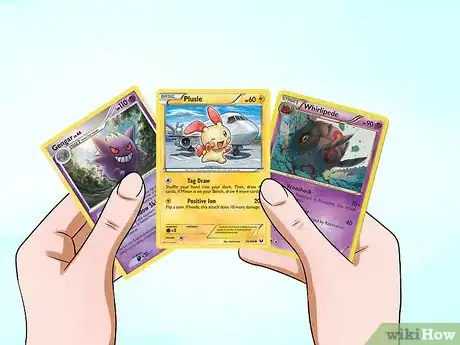
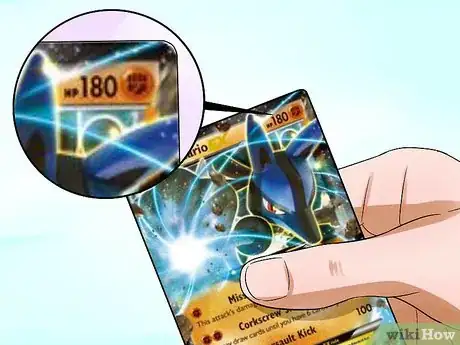
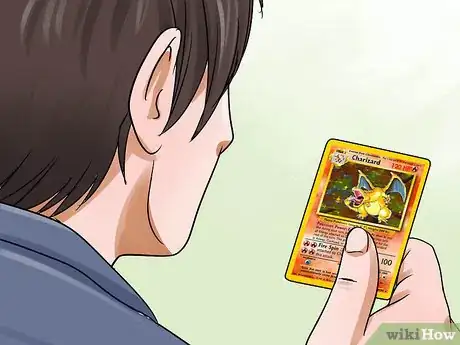
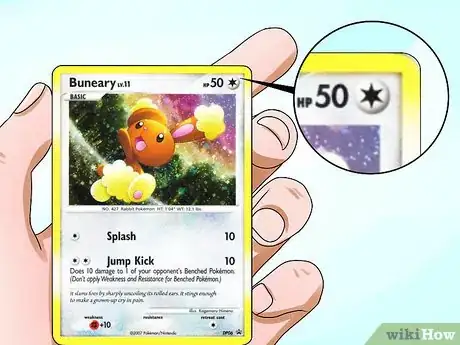
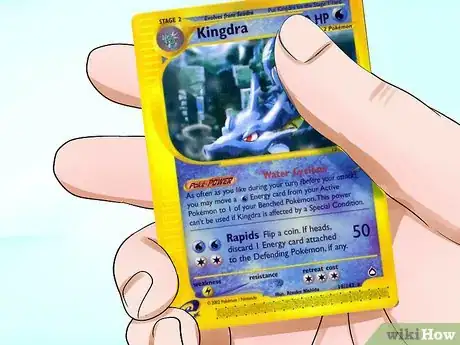

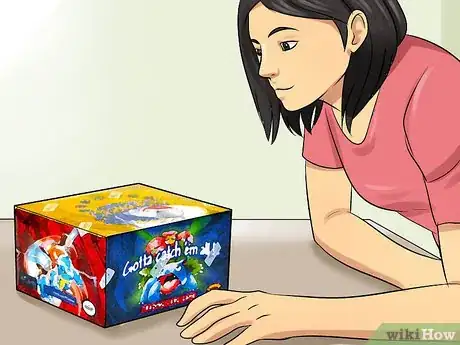
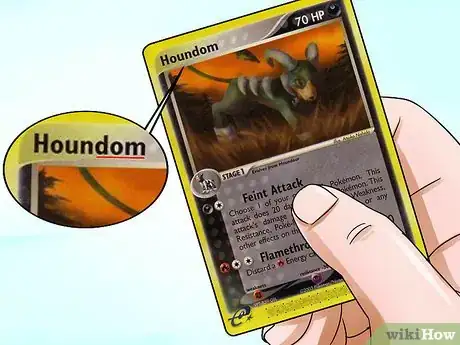
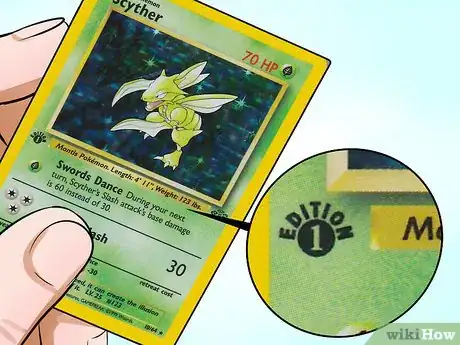
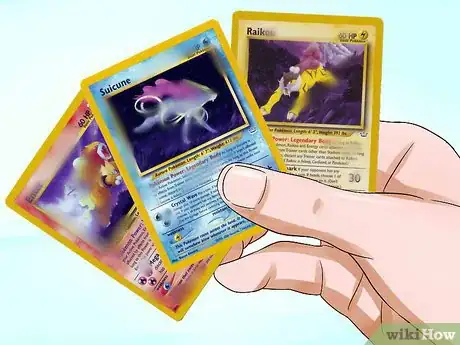
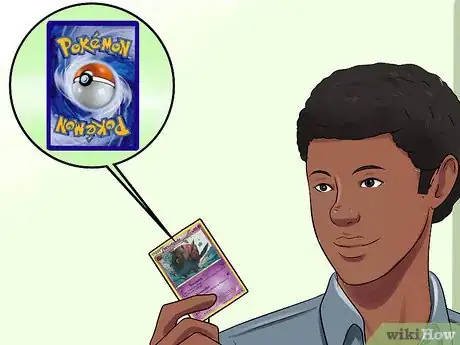
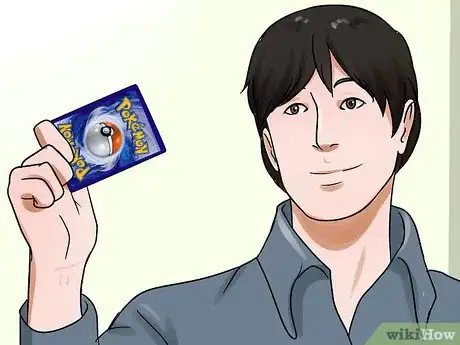
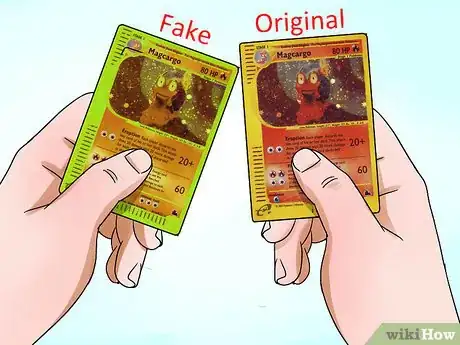
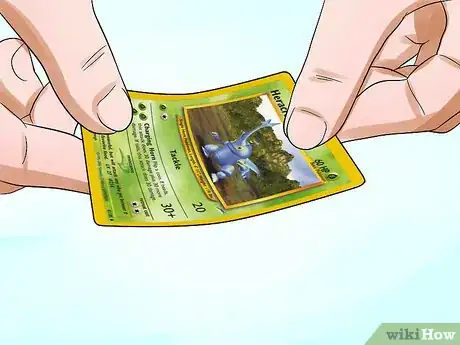
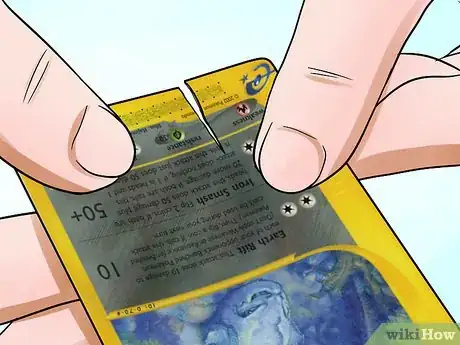
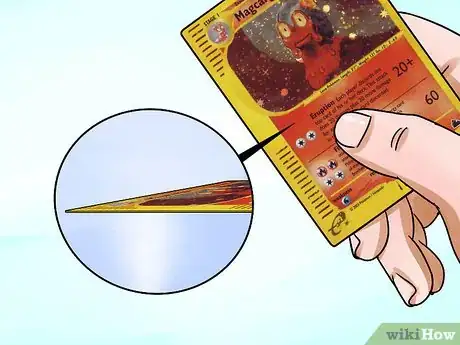
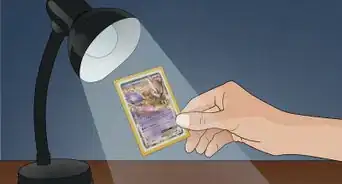
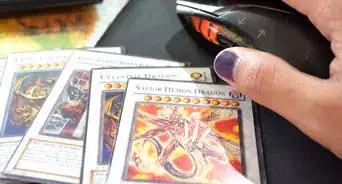

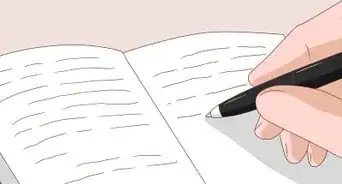
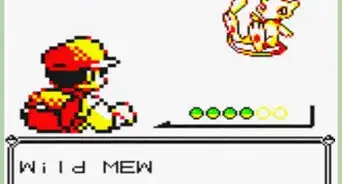
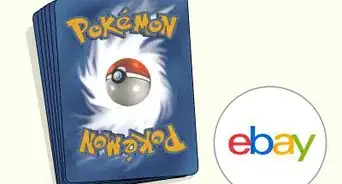
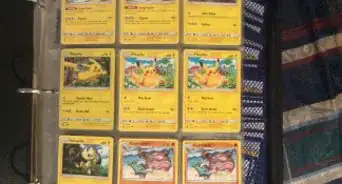
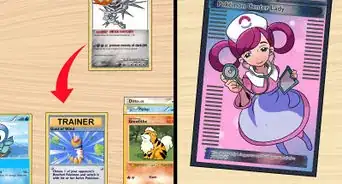
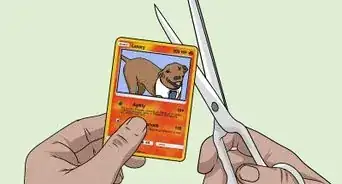

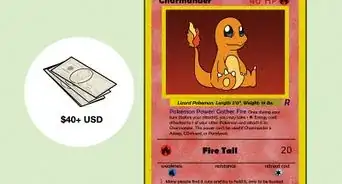
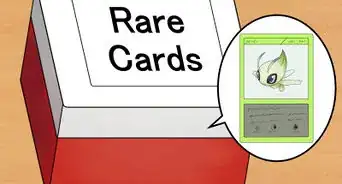
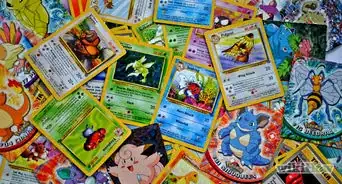
-Step-8.webp)











